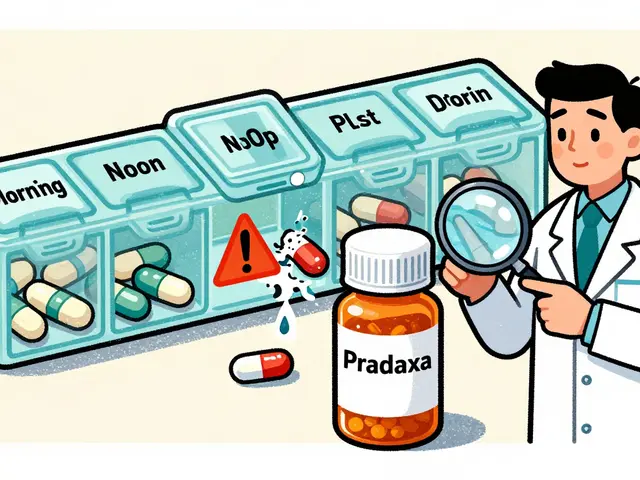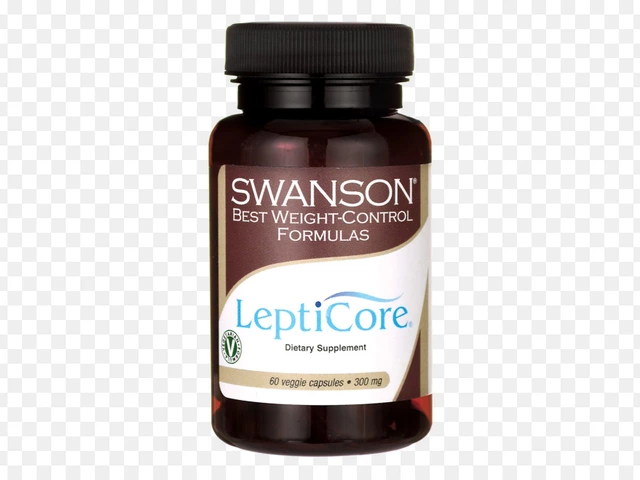Alternatives to Ventolin: Albuterol options and when to choose them
If Ventolin (albuterol/salbutamol) isn't working well or causes side effects, you have other options. This page explains common alternatives, how they work, and when a doctor may recommend them.
Short-acting bronchodilators are the closest match to Ventolin. Levalbuterol (Xopenex) is chemically similar and can cause fewer jitters for some people. Ipratropium (Atrovent) is another short-acting choice that works on different airway receptors and can help when albuterol alone is not enough. These are used for quick symptom relief.
Fast-acting long-acting beta-agonists (LABAs) can act quickly and last longer than albuterol. Formoterol is one example that works fast enough for rescue use in some treatment plans. Some inhalers combine a steroid with formoterol so the same device treats inflammation and opens airways. This "maintenance and reliever" approach can reduce flare ups for certain patients.
Daily controller medications cut down on how often you need a reliever. Inhaled corticosteroids (like budesonide) reduce airway inflammation. Long-acting bronchodilators such as salmeterol or tiotropium keep airways open all day. Doctors often use combinations: inhaled steroid plus LABA, or LABA plus LAMA for COPD. These are not for immediate relief but lower flare frequency over time.
Device choice matters. Metered-dose inhalers (MDIs), dry-powder inhalers (DPIs), and nebulizers deliver medicine differently. If coordination with an MDI is hard, a spacer or a nebulizer may help. Dry-powder inhalers are breath-activated and portable. Talk to your provider about the best device for your age, breathing strength, and lifestyle.
COPD has its own set of preferred drugs. Long-acting muscarinic antagonists (LAMA) like tiotropium, LABA-LAMA combos, and inhaled steroids for frequent exacerbations are common. Pulmonary rehab, oxygen therapy, and quitting smoking are also key parts of a COPD plan.
Non-drug measures help a lot. Avoid triggers like smoke or strong smells, get flu and pneumonia vaccines, use peak flow meters to spot worsening breathing, and learn breathing techniques. These steps reduce reliance on rescue inhalers.
Choosing an alternative depends on symptoms, side effects, cost, and other health issues. Always review options with a clinician. When switching, bring your current inhaler, ask for a demonstration, and check how quickly the new drug acts.
Seek urgent care if quick-relief medicine does not ease severe breathlessness, or if you have bluish lips, fainting, or rapid worsening. Alternatives to Ventolin can work well, but they must match your condition and treatment plan.
Ask specific questions when you meet your provider: how fast will it work, how long will relief last, what side effects should I expect, and how will this affect my other medicines? If you take multiple drugs, bring a list so your clinician can check interactions. For children, dosers and spacers are often preferred. For pregnant or breastfeeding patients, choices may change — your provider can weigh risks and benefits. After a switch, track symptoms for two weeks and note any night wakings, exercise limits, or need for extra doses. If symptoms worsen or side effects appear, contact your healthcare team right away.

Looking for alternatives to Ventolin? This article breaks down nine options, including new biologics and tried-and-true inhalers, comparing how they work, who they help, and what to keep in mind. Whether you need something stronger or just want to know your options, this guide has you covered. Expect practical facts and honest pros and cons for each alternative. No sugar-coating—just clear info to help you breathe easier.
Continue Reading





